By Nadeem Raza, CEO at Microlise
The recent news that Asda has abandoned plans to install driver-facing cameras in their home delivery vans was welcomed by the GMB Union, which believes that such technology is a privacy breach.
Some drivers agreed, saying that the cameras would feel like a ‘spy in the cab’.
There were however passionate defences of the cameras. For every theory of them being used for surveillance purposes, there are robust counter-arguments highlighting how they assist with driver distraction issues.
Distraction’s many forms
The RAC’s recent research into the subject is eye-opening. Some 63% of drivers who responded to the organisation’s survey said that they had made a mistake while behind the wheel after being distracted by a factor either inside or outside their vehicle.
More than 40% of them also said that just talking to a passenger had caused them to make a mistake, while drifting into a daydream had caused 37% to make a mistake.
The survey’s findings are in direct opposition to what drivers believe are the most distracting things they could do while in control of their vehicle: using a mobile phone, applying make-up, shaving or dropping something.
The mistakes that drivers made ranged from missing a junction and exceeding the speed limit to ending up in the wrong lane and almost colliding with other vehicles, cyclists or pedestrians.
Similarly, our own research has found that drivers are four times more likely to be involved in an accident if they are distracted, in whichever form that distraction might take.
A delayed reaction that goes hand in hand with distraction is often what turns a near miss into a costly, or even worse, fatal, incident.
This is not scaremongering: we also found that a third of fatal road accidents and almost half of serious injury incidents had driver distraction as their root cause.
Identify and rectify
It is in these situations where footage from driver-facing cameras is invaluable.
Far from reducing driver safety, they increase it significantly by helping operators identify and address potentially hazardous driving behaviours that could cause accidents.
If an accident does occur and it is not the fault of the professional driver, the camera can offer irrefutable proof that responsibility lies with the other party.
Cameras can also undoubtedly help drivers become better at their job.
Coaching can be targeted at specific areas that the cameras have captured that help them improve their safety and performance.
And the lower cost of insurance premiums that comes with the use of driver safety technology can be passed on to employees in their salaries.
Openness and honesty
While concerns remain, there needs to be a degree of acceptance from both sides of the argument prior to installing the technology.
Transparency from both sides will be essential. Open and honest communication, policies and procedures about the purpose of the cameras, how the footage from them will be used and how it will be stored and accessed is pivotal to an atmosphere of ongoing trust.
Showing drivers that the cameras will be GDPR-compliant and that their privacy will be respected is also of the utmost importance.
To that end, communication needs to focus on the primary goal of implementing the cameras: enhancing driver safety.
The technology is not the first steps towards a culture of surveillance. Mutual trust is essential.
Whatever the distraction, the camera monitors it and provides near real-time feedback to the person behind the wheel, allowing them to understand and correct accordingly.
If this does not reduce risky behaviour, only then are incidents flagged for supervisor review.
Companies using driver-facing cameras have reported significant reductions in overall risk over the course of two-month pilot schemes, with near-100% decreases in mobile phone use incidents and mobile phone usage as a whole.
Reductions of up to 95% of unbelted driving and driver distraction events were also reported.
Concerns may well be valid, but so is a need for fleet safety and drivers being given the opportunity to right any of their risky behaviours.
And with the demonstrable evidence showing the effect that driver-facing cameras can have, agreement between both parties is a positive result for everyone.
Find out from Fleet News what you need to know about installing driver-facing cameras.



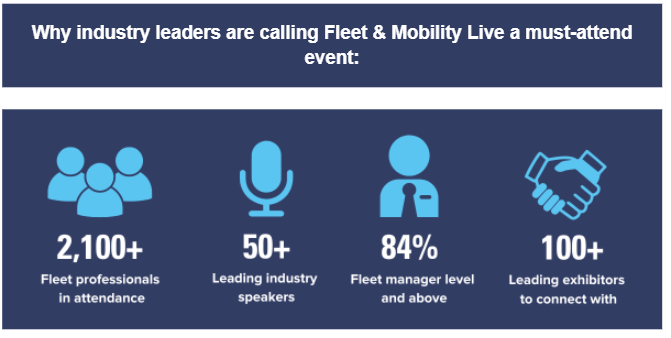



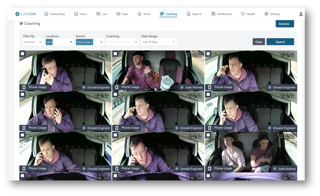

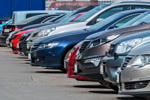




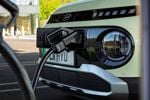



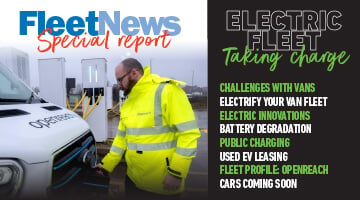
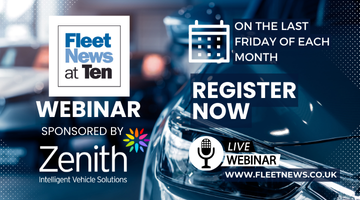
Login to comment
Comments
No comments have been made yet.